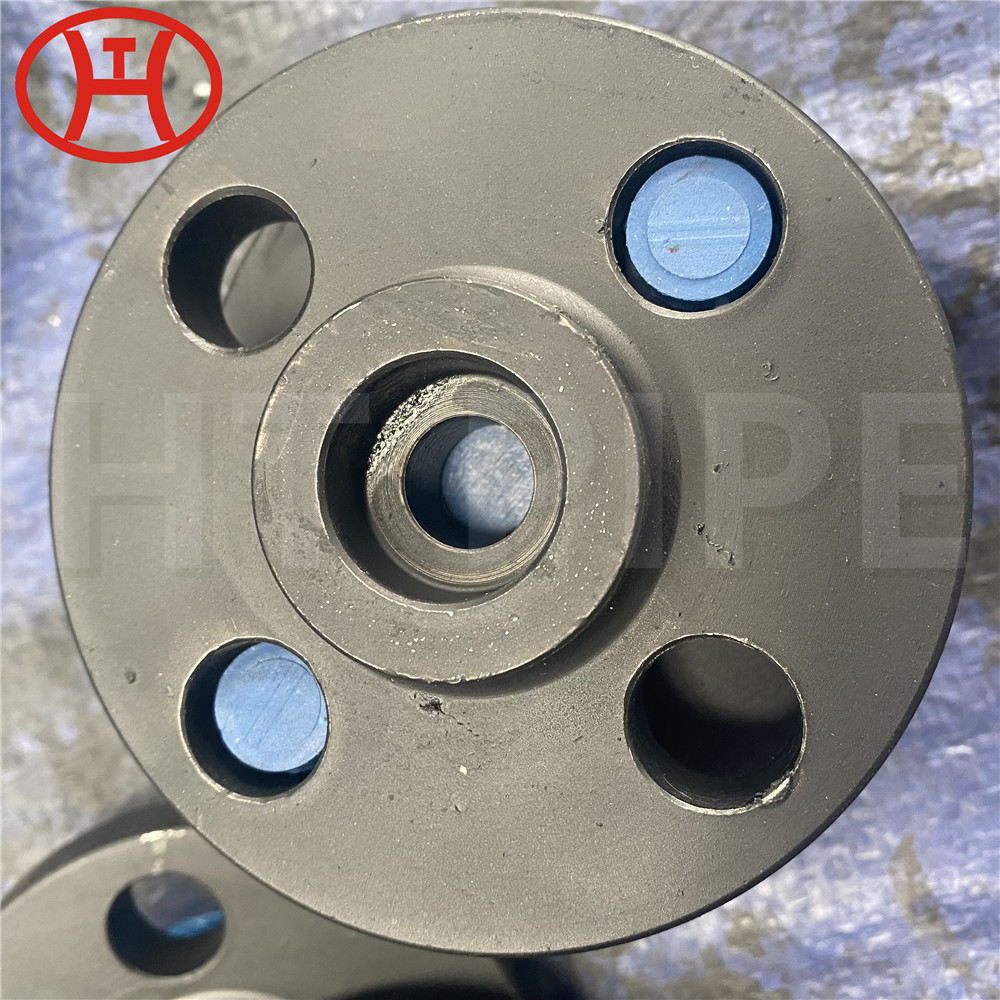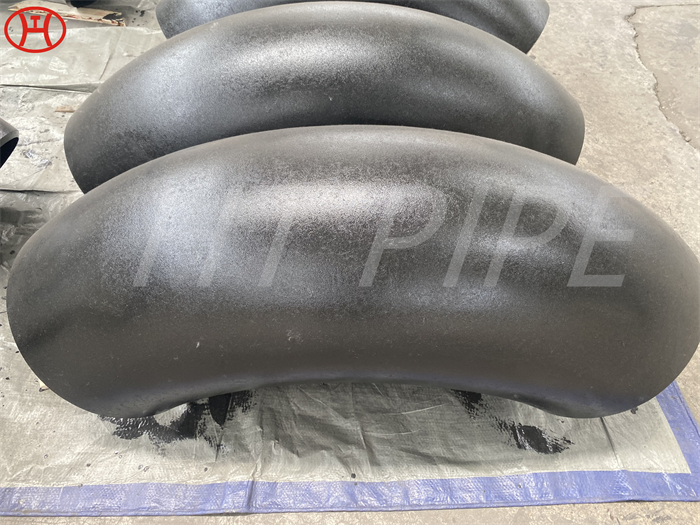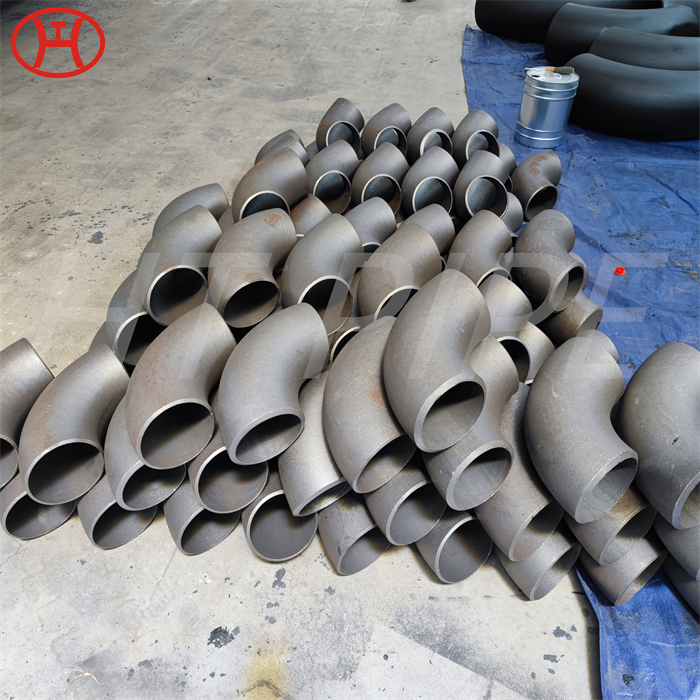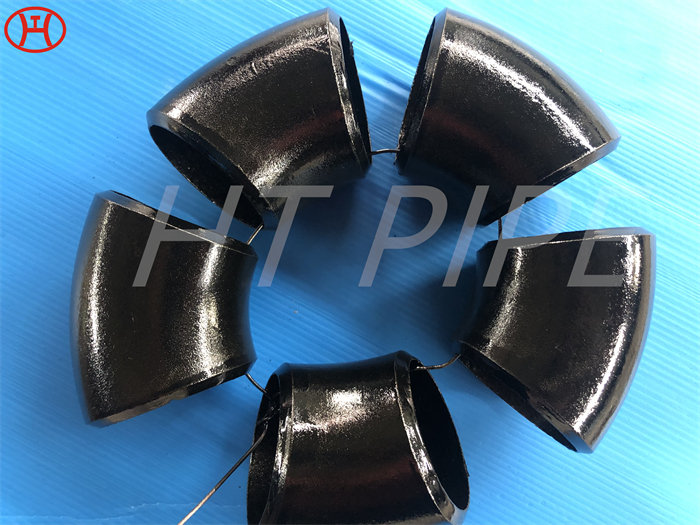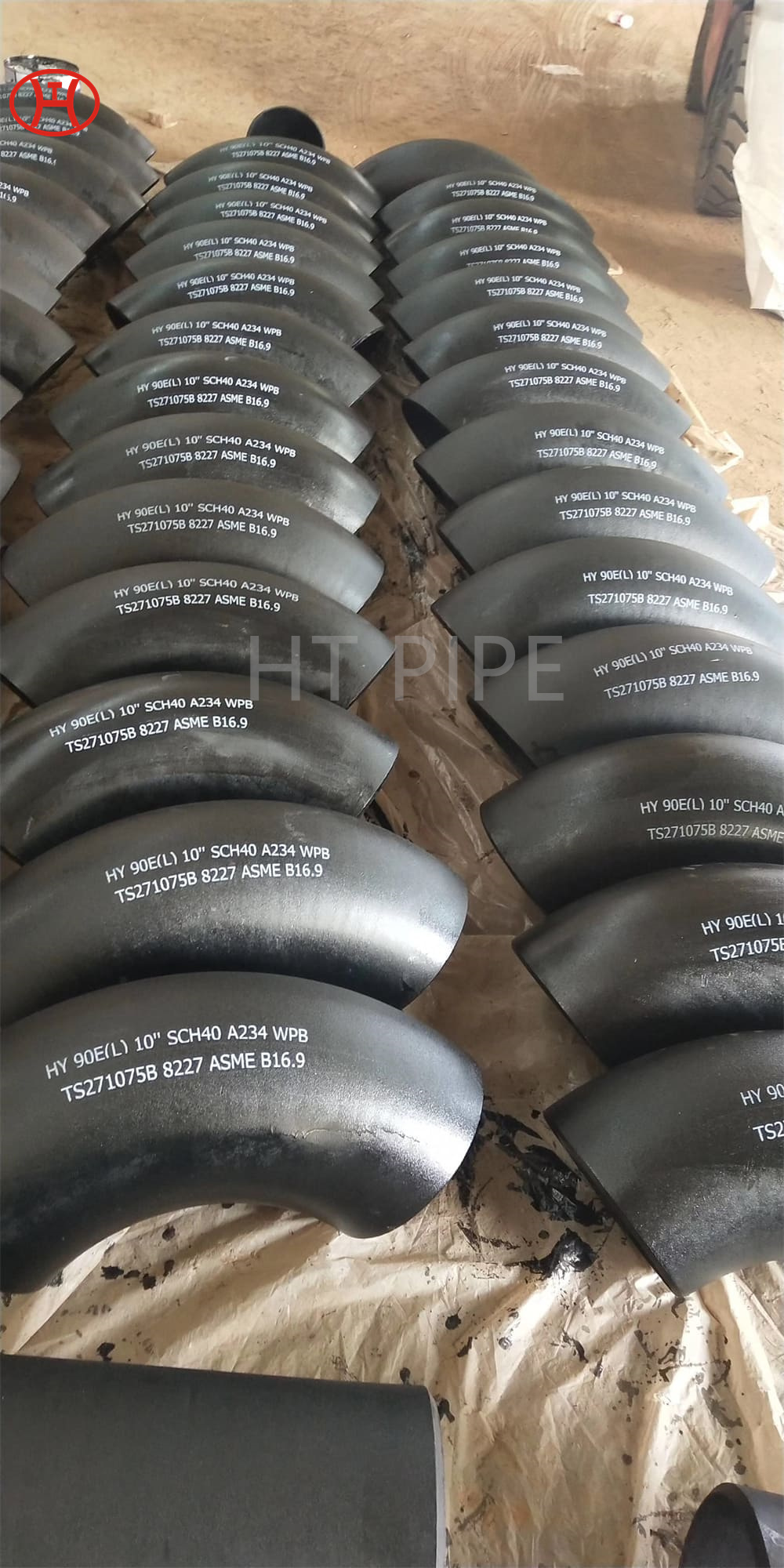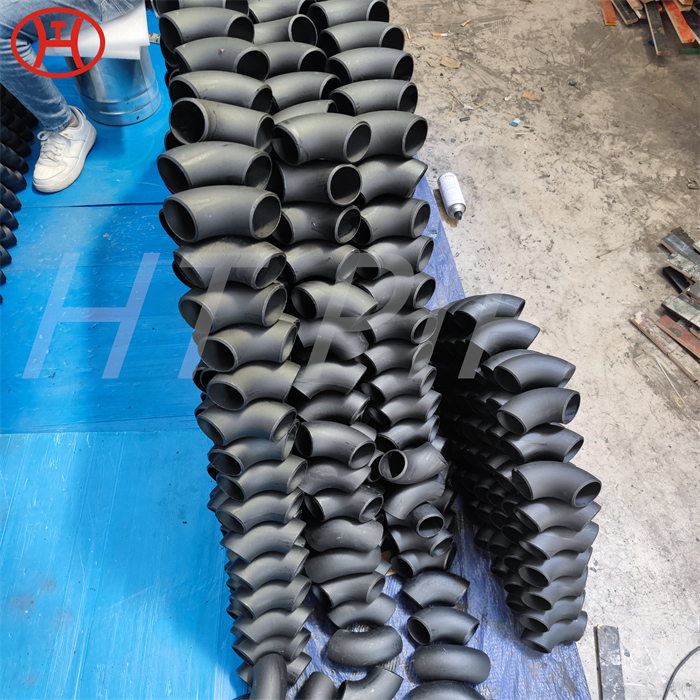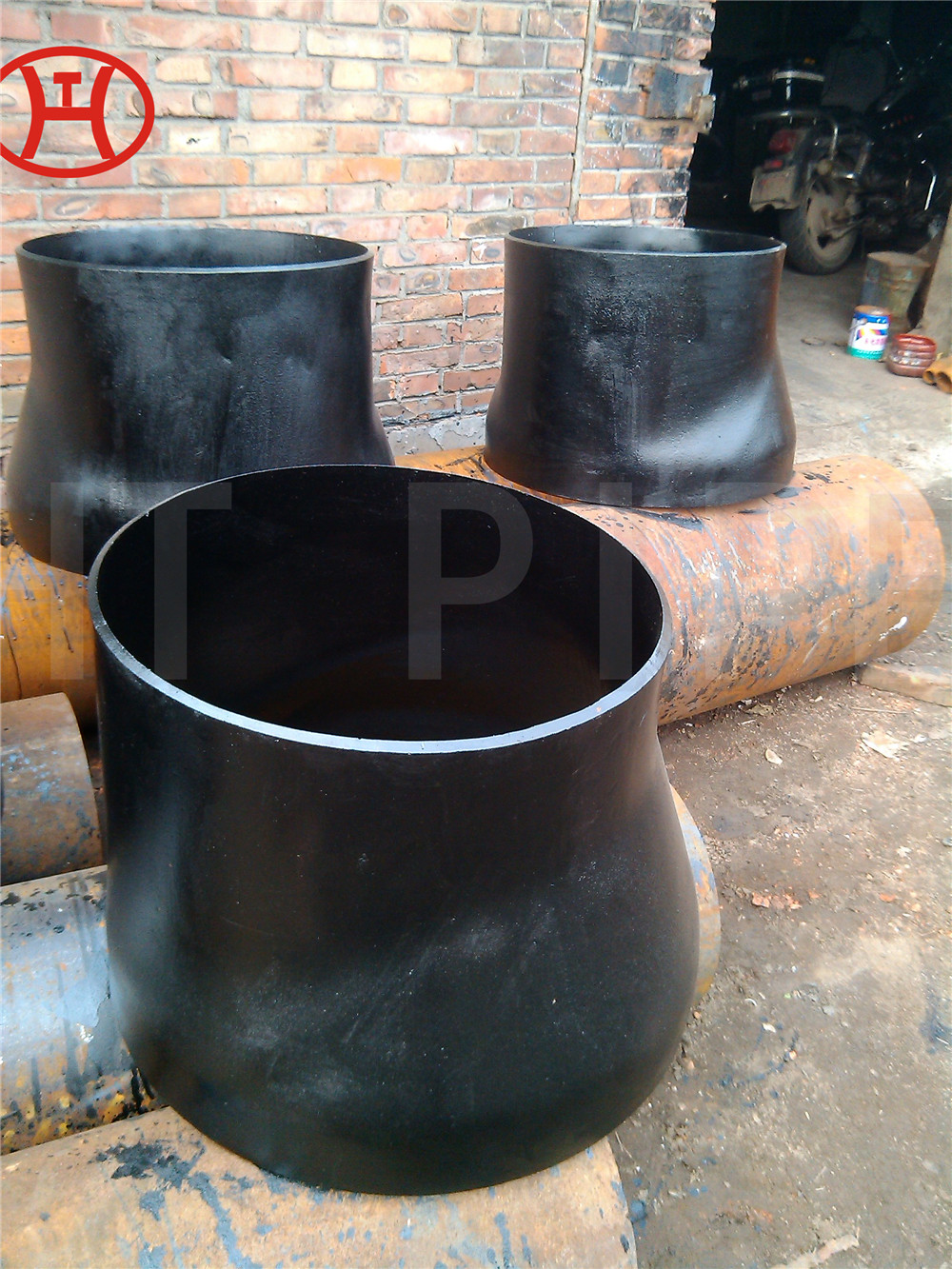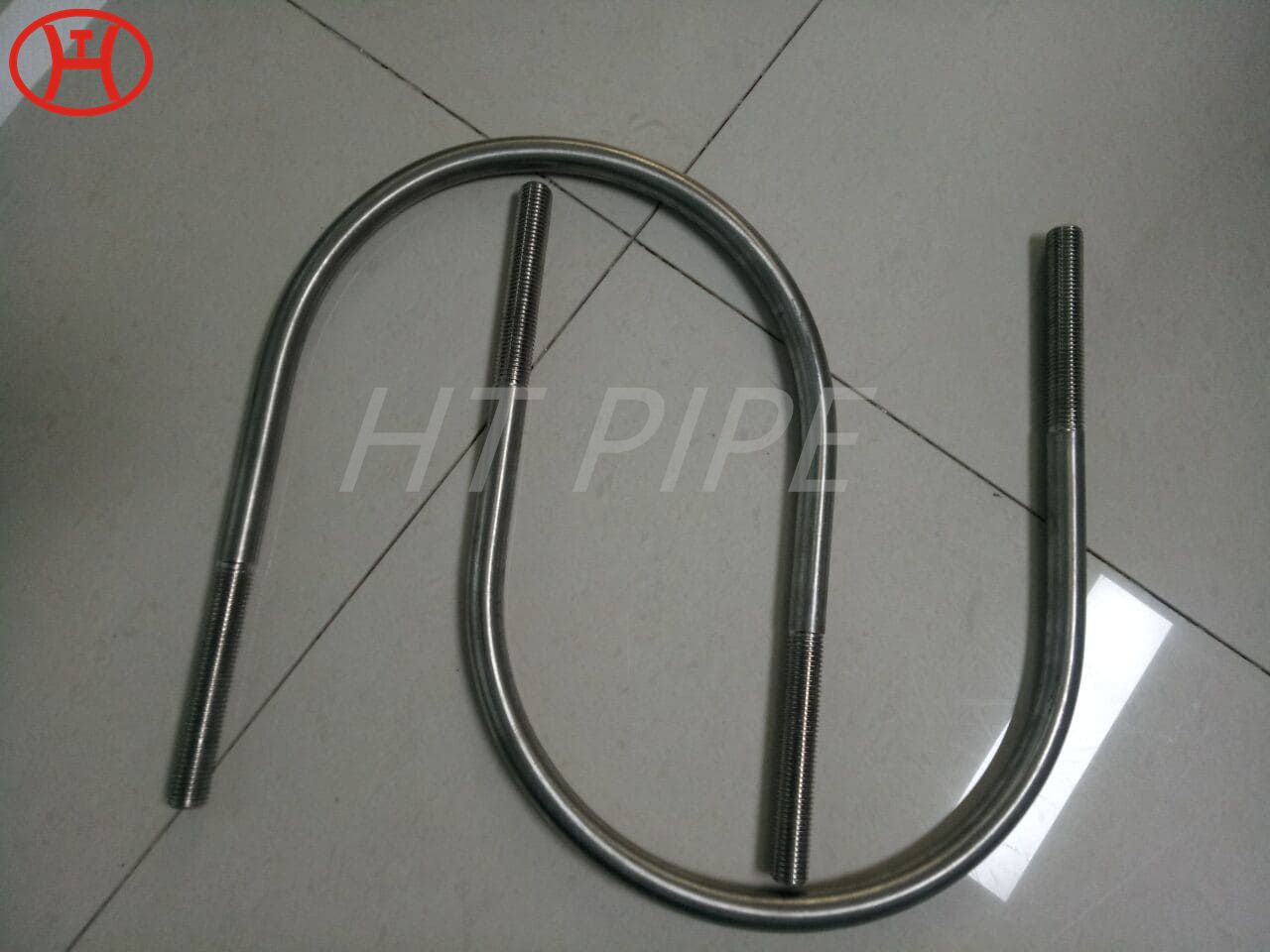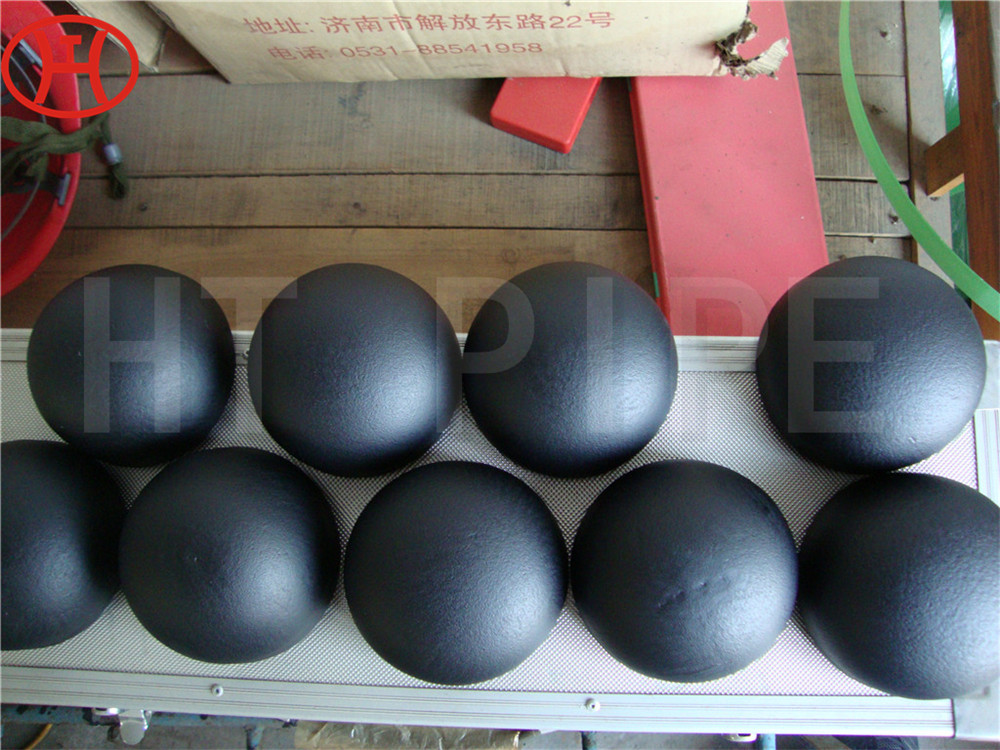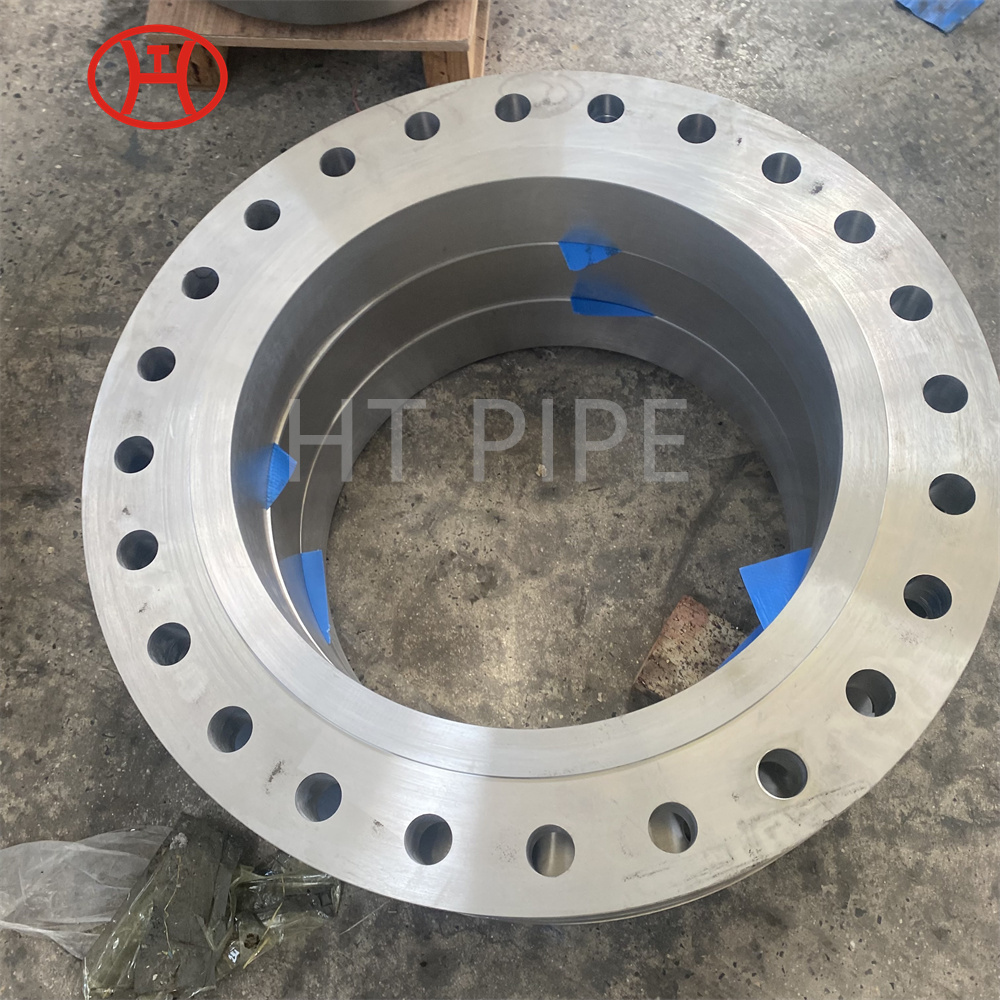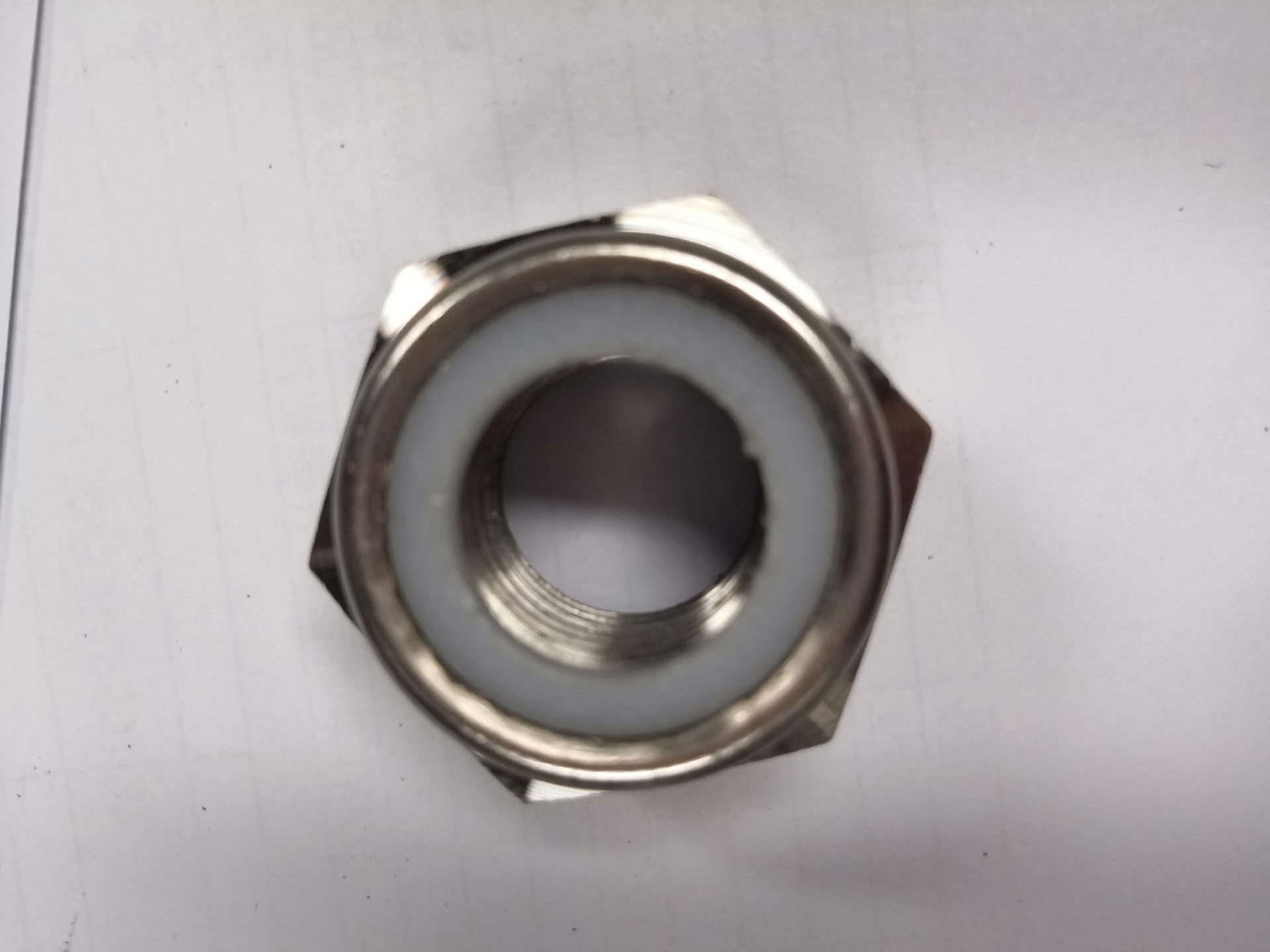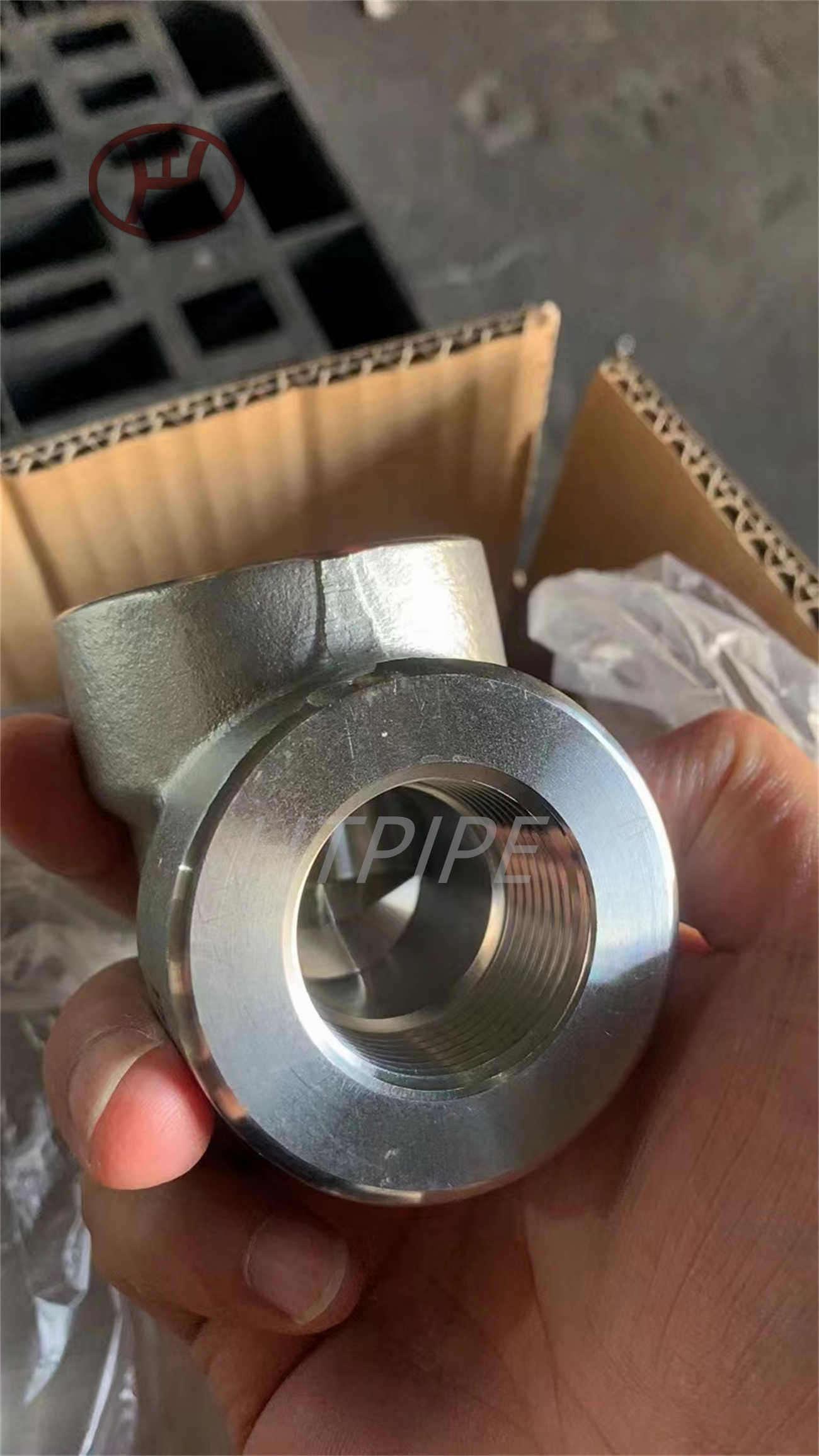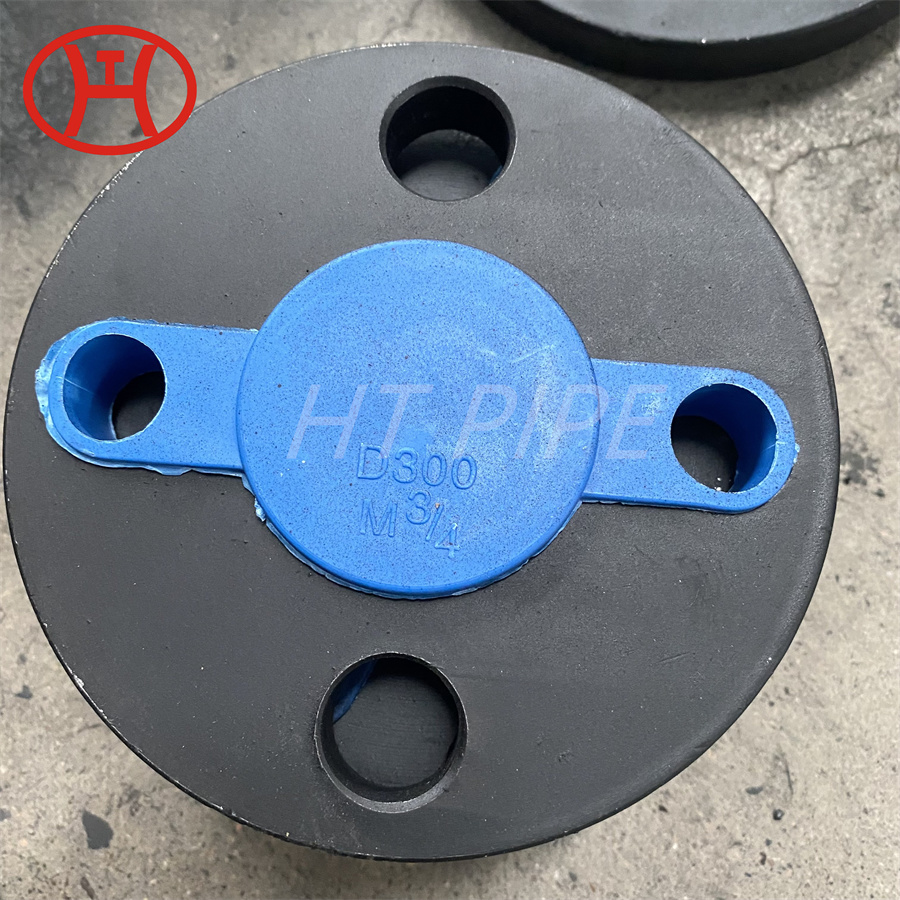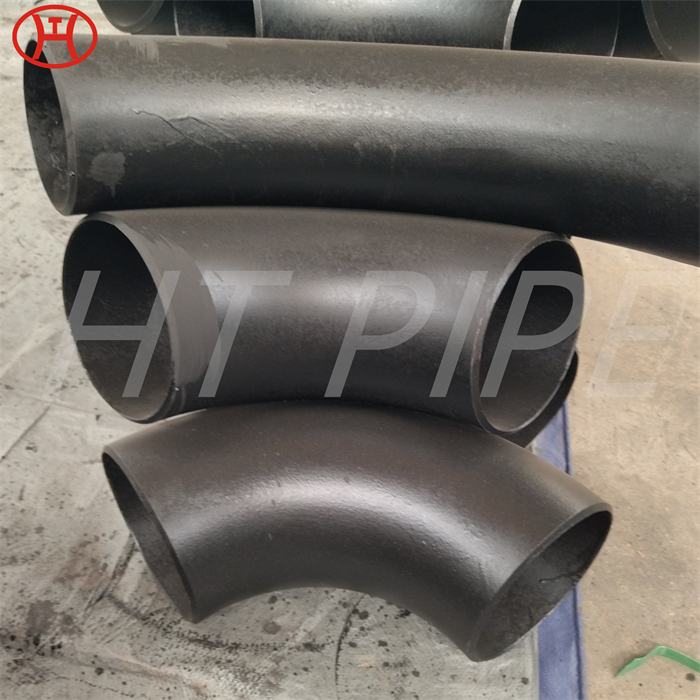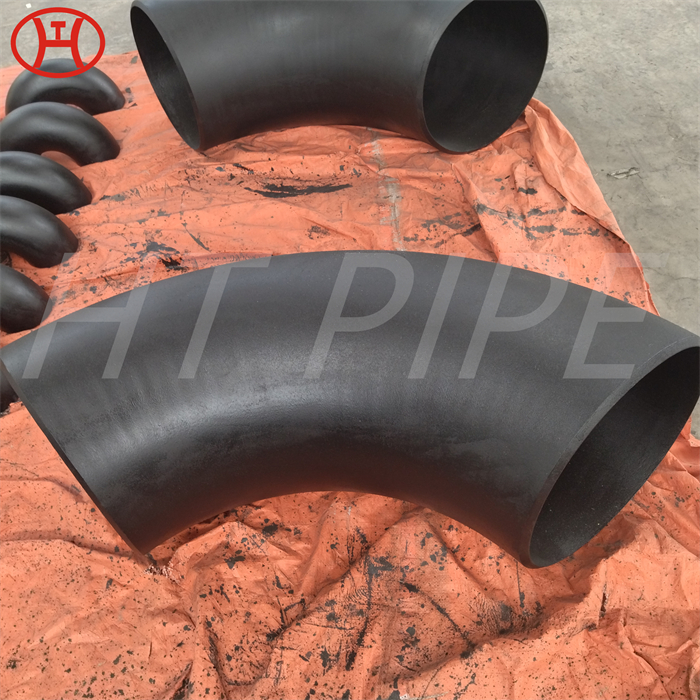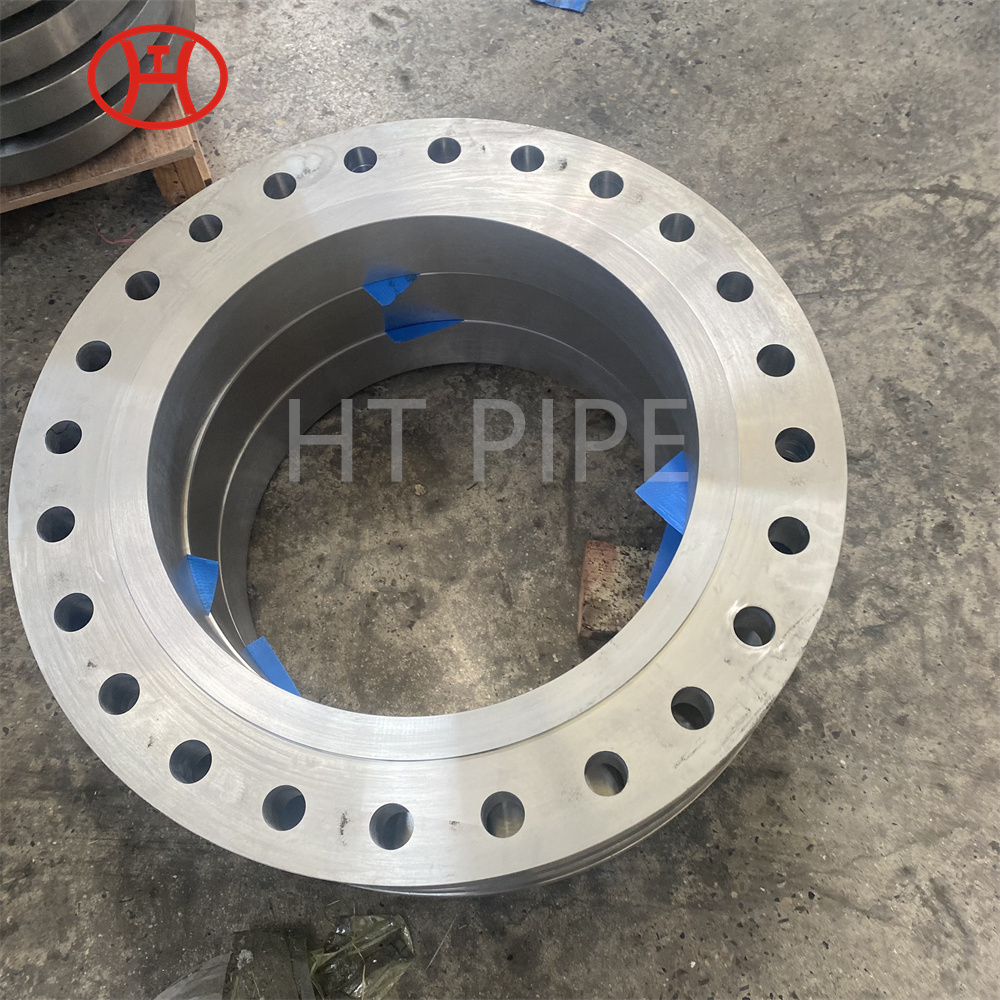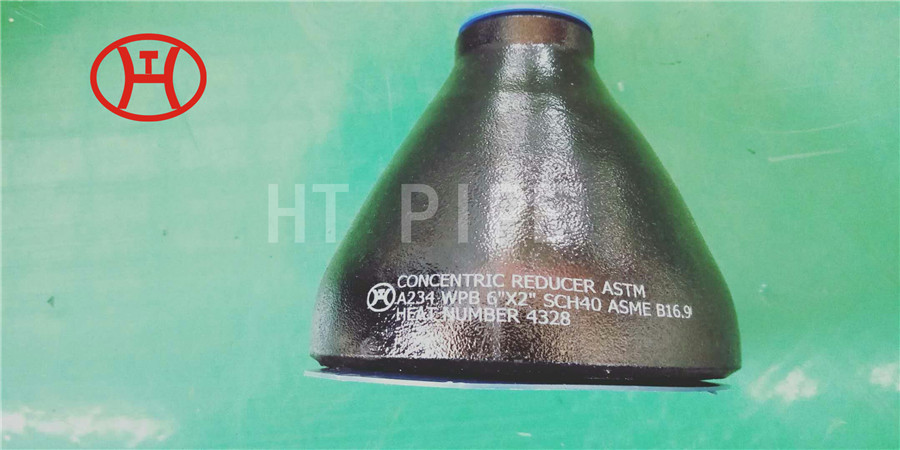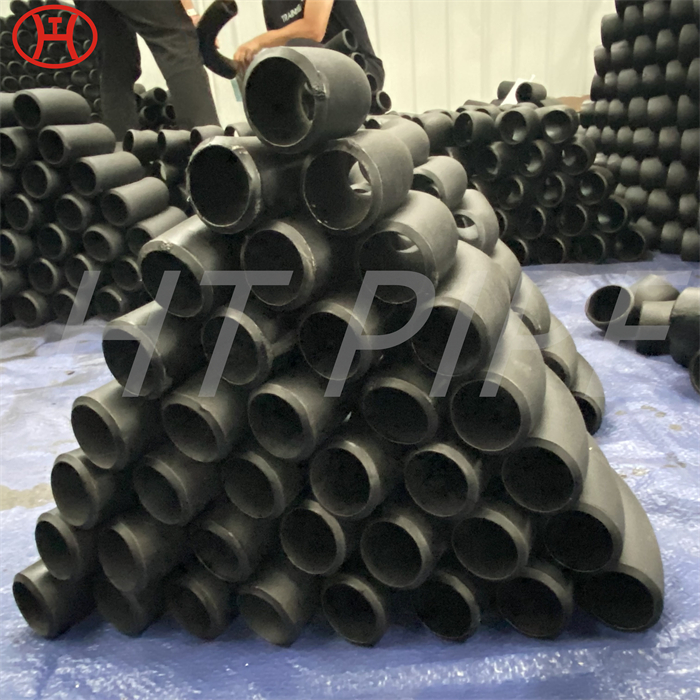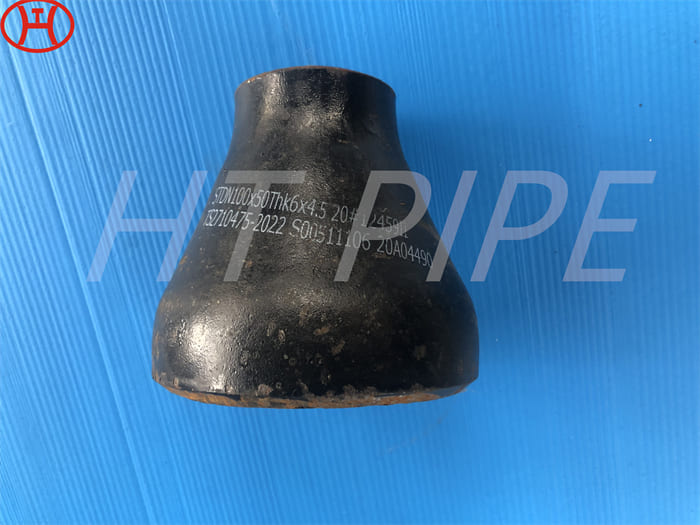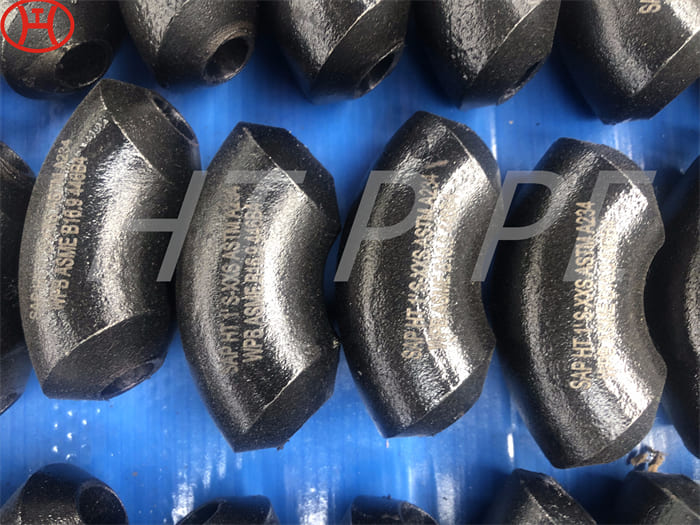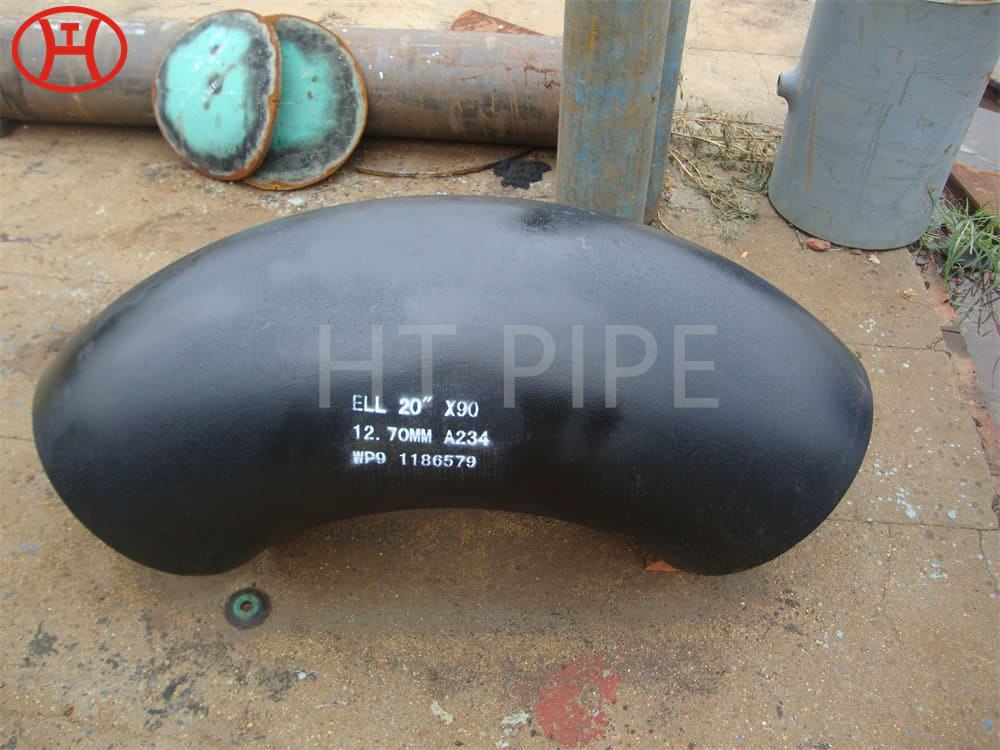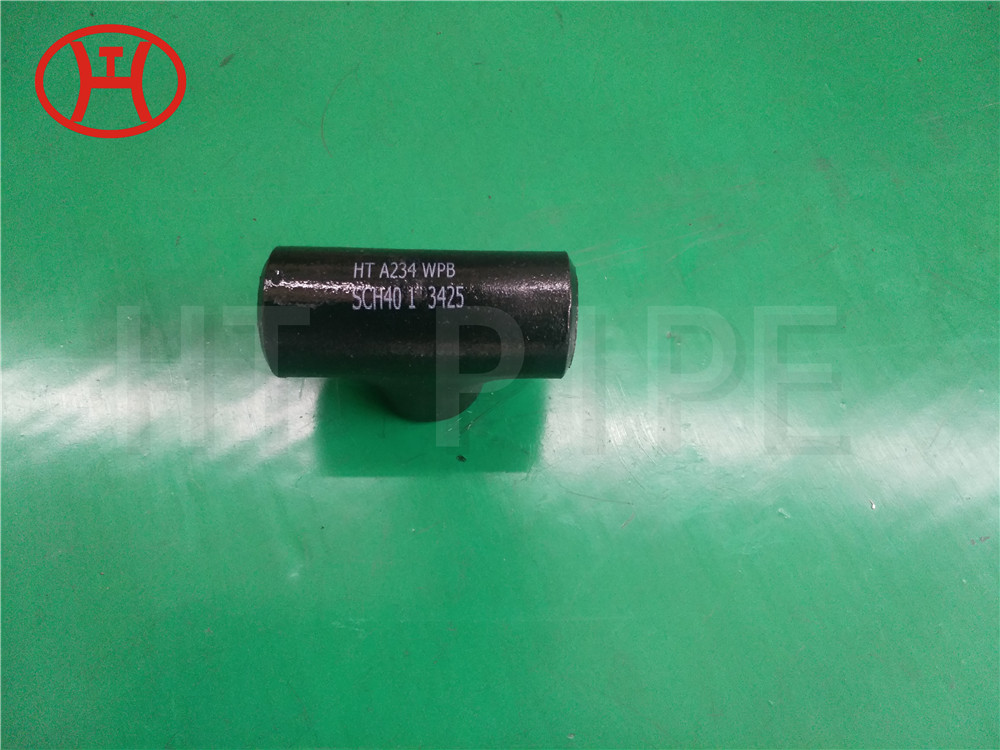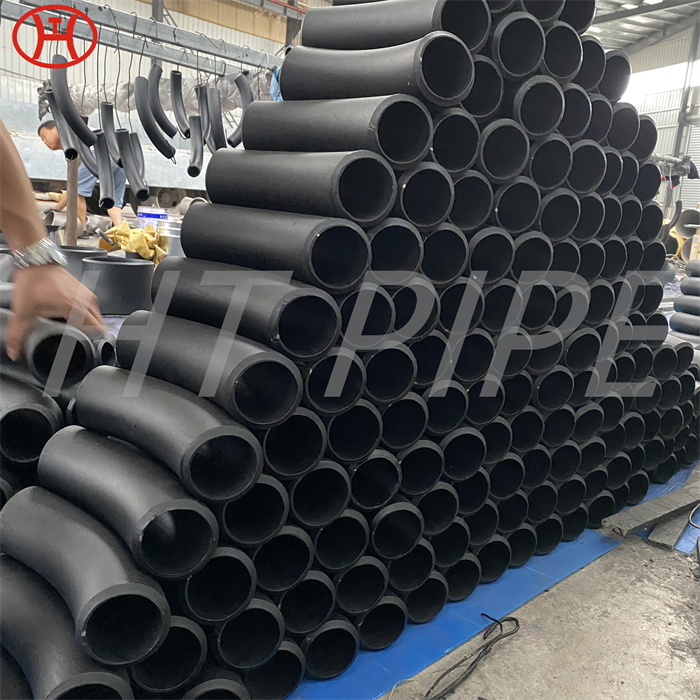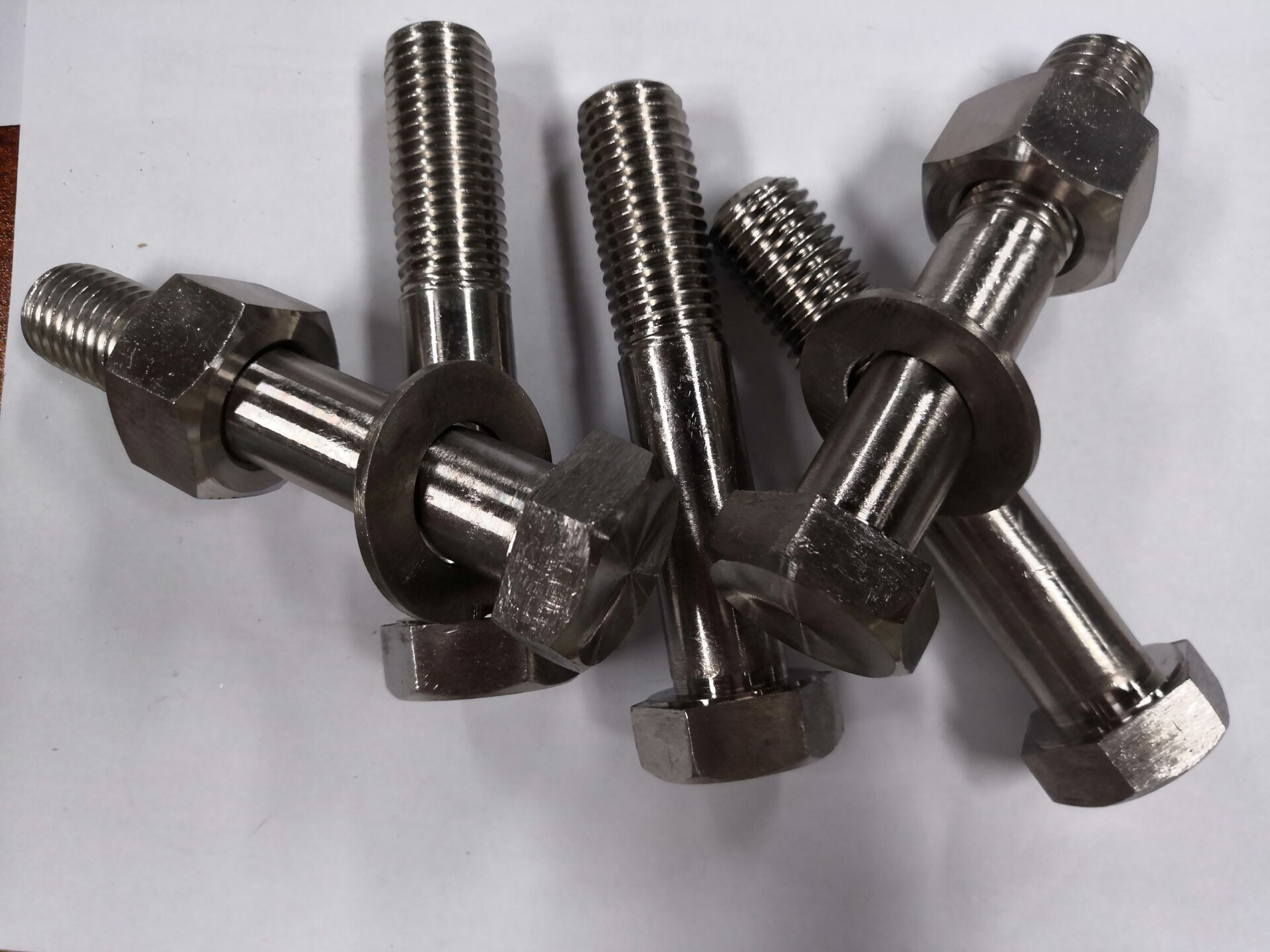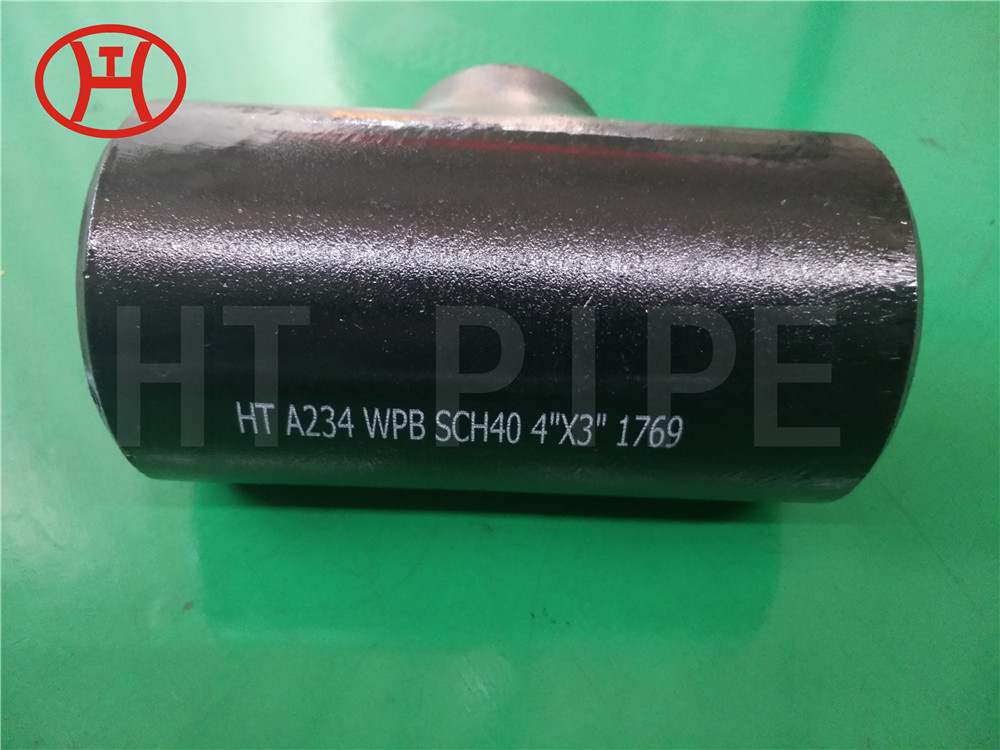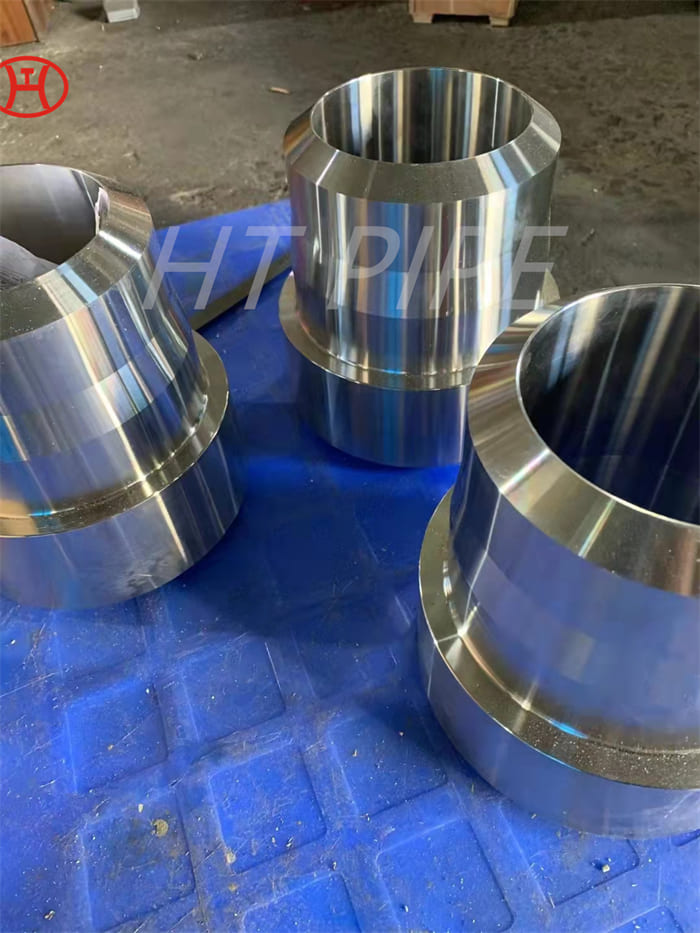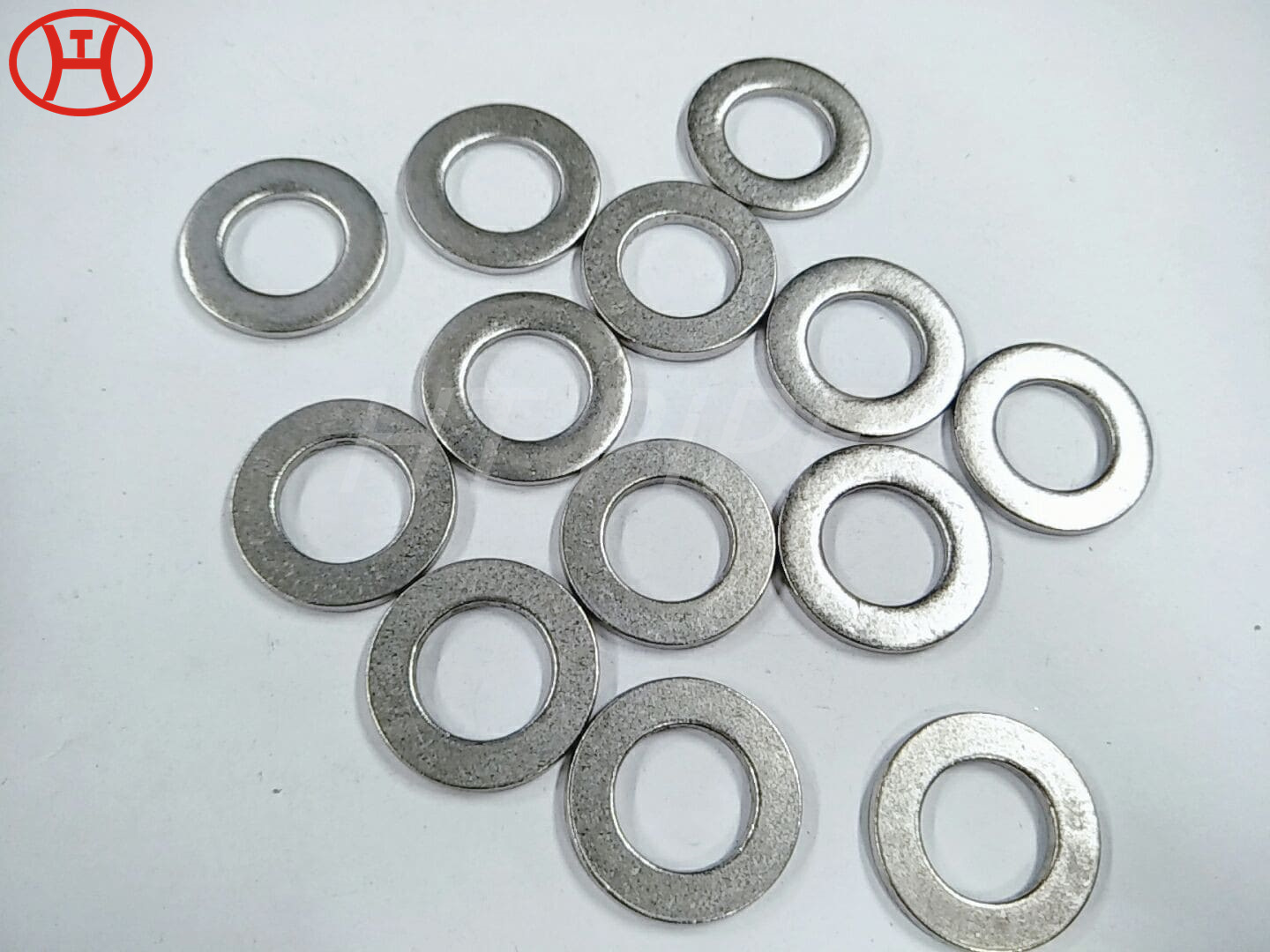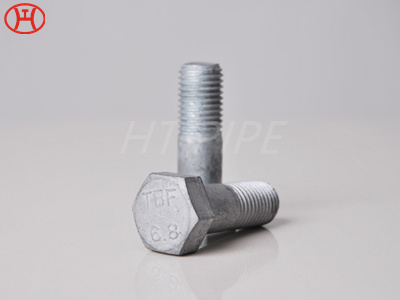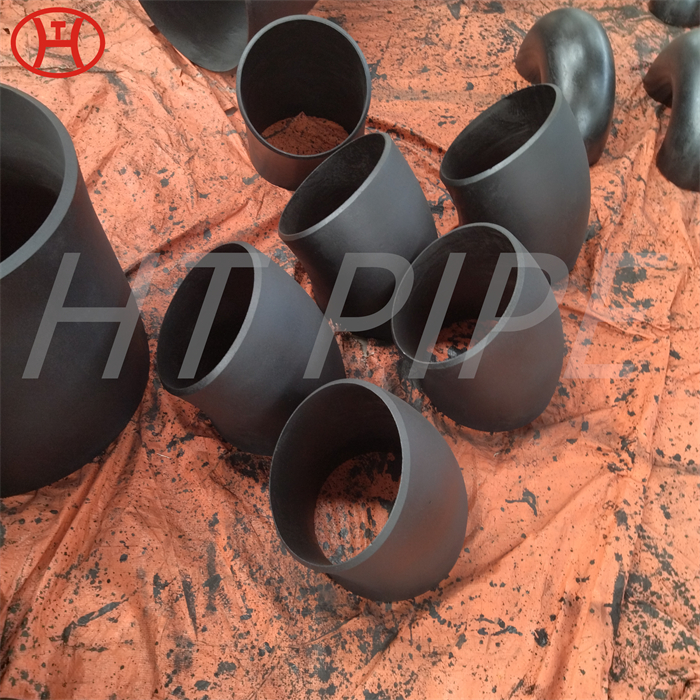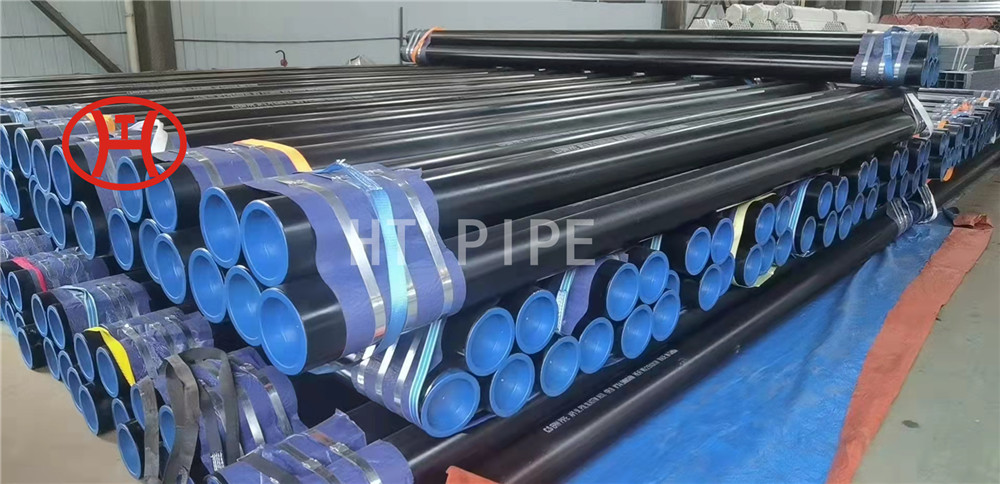
Carbon steel pipe ASTM A106 Gr.B in stock
Carbon steel pipe is the most common use piping material in different industries served for construction, structural, liquid transmissions for water, oil and gas.
Carbon steel pipe is the most commonly used material for process piping. It has the advantage of wide availability, high strength, and a large array of connection possibilities, for example, screwed, socket-welded, and butt-welded. Steel pipe should be selected for the required strength and durability required for the application and the ductility and machinability required to join it and form it into piping spools. The pipe must withstand the pressure, temperature, and corrosion conditions of the application. These requirements are met by selecting pipe made to an appropriate ASTM or API standard.
Typical carbon steel pipe material grades in API 5L Grade B, X42 to X70, ASTM A106 B, ASTM A53 B, ASTM A252 Grade 3 and ASTM A333 Grade 6 etc.Mineral and slurry pipe is for the line pipe that applied in mining industries. A slurry pipeline is designated to transmit ores (Iron, Coal materials), or the industry mining waste, we called the pipeline as taillings.
And generally these steel pipes connected in a long distances. Above materials mixed with water, we call slurry. People will use pumps to transport to the final destination then water will be filtered out. Since slurry contained different materials some with abrasive properties, so the pipe could be coated with 3PE, FBE layers to against from corrosion.
Both carbon steel pipe in seamless or welded could be used for the transmission of the slurry. So there is a wide range of material and standards available options to suit for the special working conditions.
Applications
Carbon steel pipe is used for liquid, gas, and steam services both above- and belowground services. It is not recommended for use in corrosive services but may be used in caustic services.
Grades of steel used
There are many grades or strengths of carbon steel pipe and they are available in a number of wall thicknesses. We have seen that the allowable stress is used to determine what wall thickness is required. The allowable stress is a function of both the metallurgy of the material and the method of manufacturer.









































































































